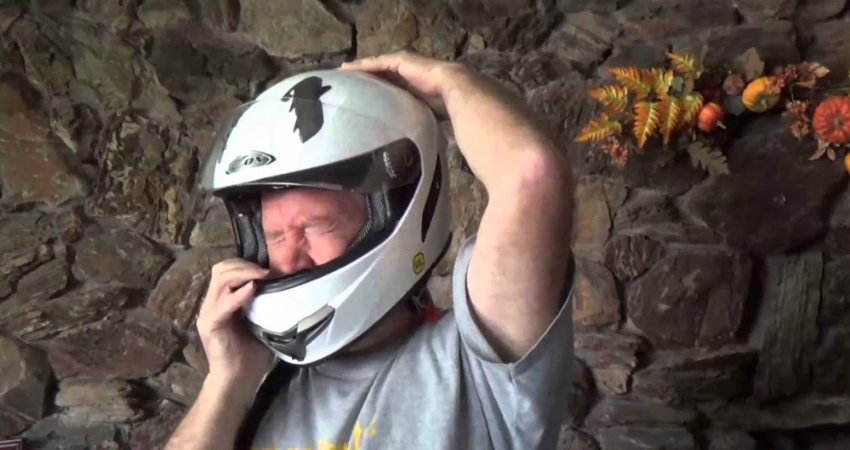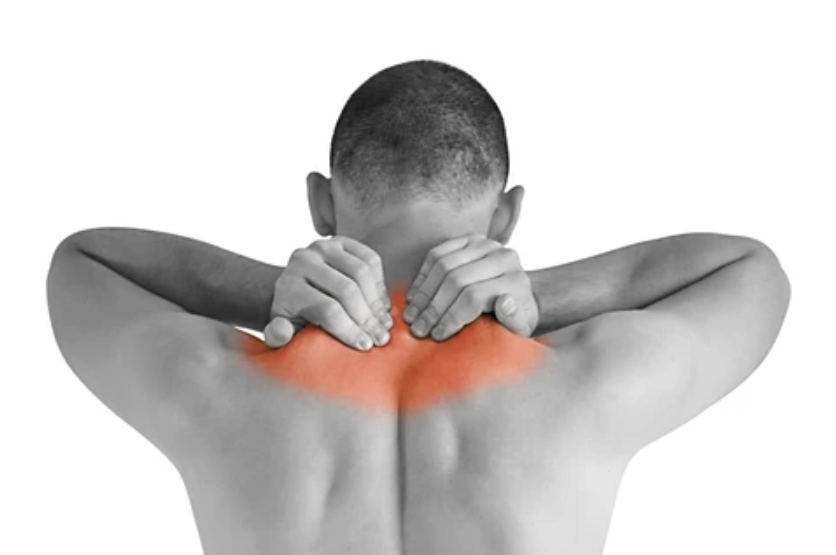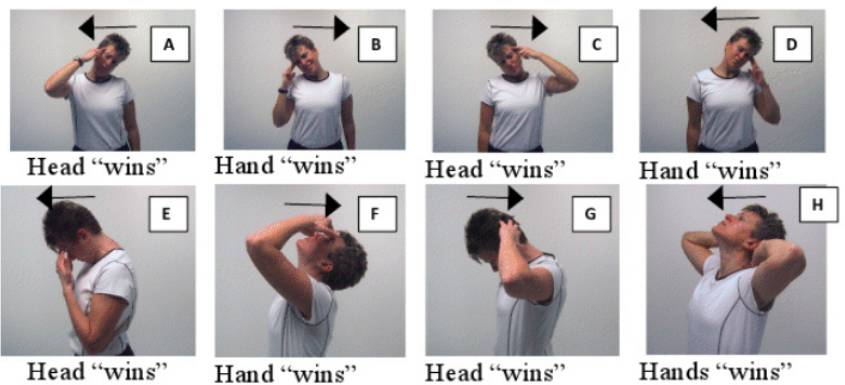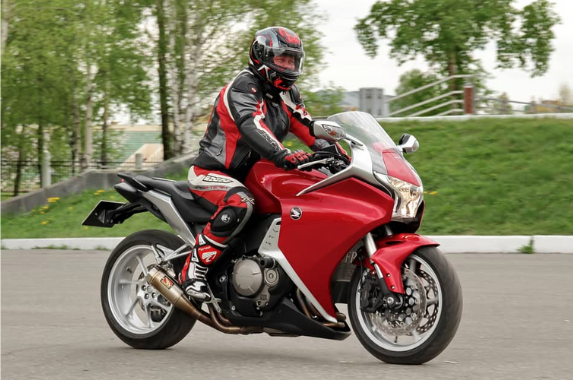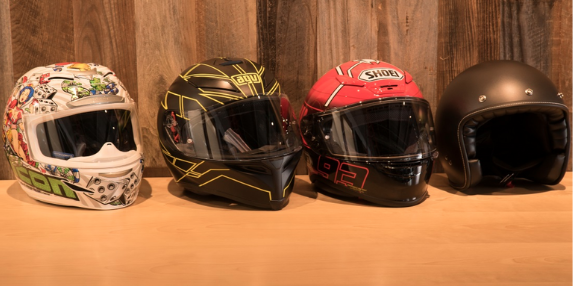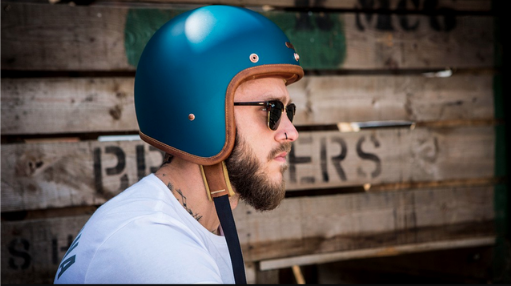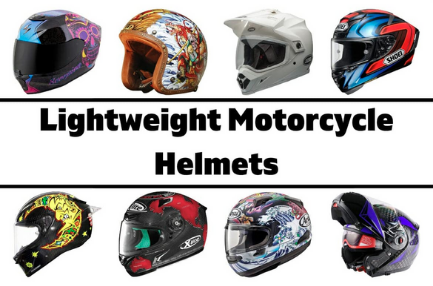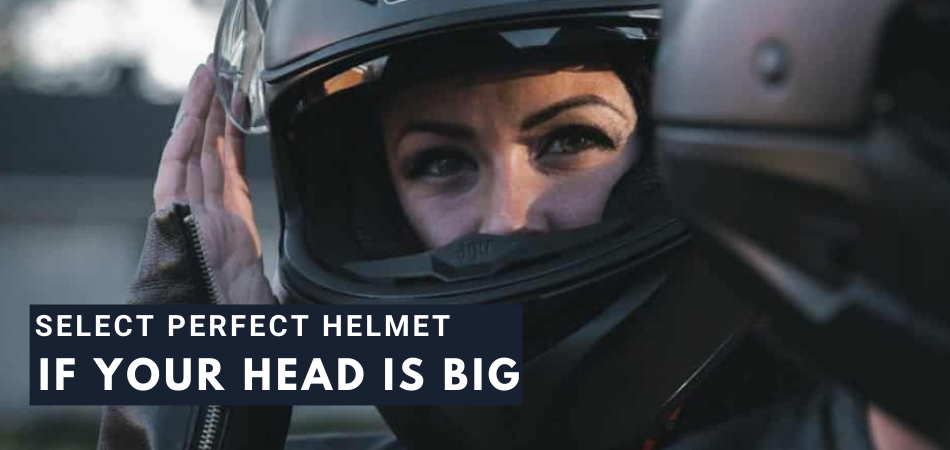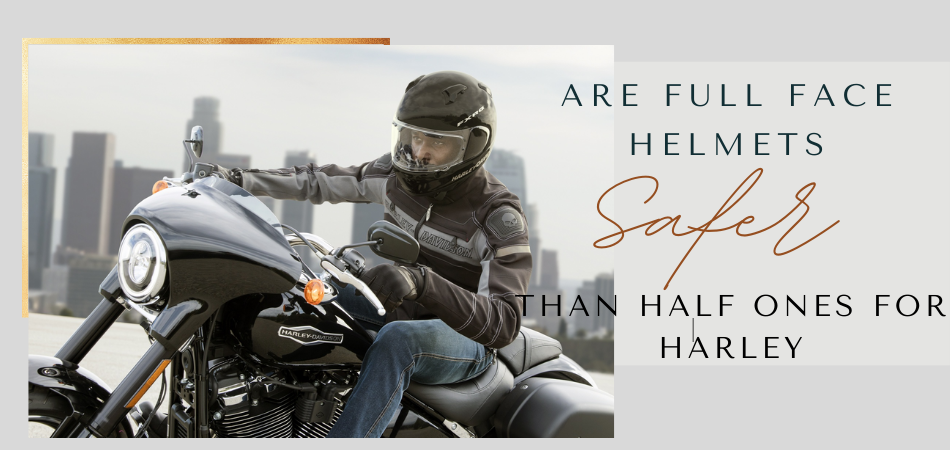If you are a motorcycle rider with some years of experience, you will agree that riding with a helmet over time can cause neck aches. Even research shows us that, although helmets have many benefits, the combined weight of the helmet and head causes neck discomfort. So, the question now is, how can I prevent my neck from hurting when I wear a helmet?
As there are various things to consider and note, we have simplified your research by writing this detailed article. It contains all you need to know about neck pains, riding with a helmet and the best types of helmets for neck pain. Read on to learn more.
About Neck Pain
Neck pain is discomfort that comes from poor neck posture, whether it’s hunching over your computer or bending towards your workbench. The human neck comprises vertebrae that span from the upper torso to the skull. It also has cervical discs that cushion the bones and absorb shocks between them. Therefore, when you overuse your neck or have a poor head posture for a prolonged time, you may likely end up with neck pains. Also, because of a fall or whiplash, you can experience neck pains.
Also, among the causes of neck pain is osteoarthritis. Neck pain is seldom the symptom of a severe problem. However, if you experience a loss of strength or numbness in your hands or arms, you should consider seeking medical attention.
Can a Helmet Cause Neck Pain?
Wearing a helmet can cause neck pain. This can be because the helmet is heavier than it should be, ill-fitted, or that your neck muscles are thin. The typical human head weighs about 4 to 5kg. When you wear a heavier helmet, the weight of both your head and the helmet will weigh your neck down, causing strain and uneasiness.
In addition to the uncomfortable weight, a heavy helmet can wobble irregularly, distracting you and impeding a comfortable ride. Also, while riding, if your helmet is positioned improperly, it will cause neck pains for you.
Another reason for neck pains while wearing a helmet is because of weak neck muscles. When you don’t exercise your upper body region—preferably your neck and shoulder muscles, you will experience unease while riding. Last, if you ride with a bad posture while riding, you will invariably end up with neck pains.
How Can I Prevent My Neck From Hurting When I Wear a Helmet?
Many people usually ask, how can I prevent my neck from hurting when I wear a helmet. You can prevent your neck from hurting when you wear a helmet by engaging in some exercises, staying hydrated, and having a good posture. We have seen a few causes of neck pain from the previous information, but is it possible to ride your motorcycle without having neck pain? You can ride your bike while wearing a helmet and not have neck pains. Therefore, we dedicate this section to showing you ways by which you can avoid hurting your neck while riding your motorcycle.
Let’s look at the tips below:
Exercise in Your Neck and Head Muscles
Most of the time, we experience neck pain from riding with a helmet because of weak muscles around the neck and shoulder. So, it’s best to keep fit and train your muscles to get used to holding up your head and extra weight—the helmet. What you need to do is perform frequent stretching exercises. Here are a few benefits of engaging in stretching exercises:
- Stretching helps your posture – if your muscles are tight, it is possible to affect your posture negatively. Regular stretching exercises can help you avoid this.
- Stretching helps you extend your motion range and rectifies short motion range – The range of motion is the extent to which you can stretch your limbs and other movable body parts. Aging reduces our range of motion, but with regular stretching exercises, you can prolong this.
- Stretching reduces constant back and neck pains – This connects with body posture. With the wrong posture comes back and neck pains. And obviously, stretching exercises will rectify this.
- Stretching reduces the chances of muscle injury – When the muscles are unable to stretch up to a certain extent, they can sustain an injury. Performing stretching exercises will increase the extent to which the muscle can reach, which reduces the chances of muscle injury.
- Stretching reduces the chances of muscle soreness – engaging in stretching exercises helps relieve the discomfort you may experience in your muscles after a recent workout.
We recommend that you stretch at least twice a day. This eases your muscles, reduces the pain to the barest, and strengthens your muscles. Generally, stretching increases your mobility and flexibility. When you have mobile joints and flexible muscles, you will encounter fewer aches and strains.
You can do some neck circles, arm swings, and forward folds to ease off some tension in your neck and even in your shoulders.
Ride with A Good Posture
While riding, you should understand which posture best fits your overall comfort and health. The slightest adjustments to your riding posture can change a lot for you while riding. For example, you can adjust your seat or your hands on the bike’s handlebars and get a better experience.
Here are some extra points for having a proper bike posture:
- Position your hands on the bike’s handlebars such that your wrists become extended while your elbows are a bit bent
- Ensure your neck is in a comfortable position—the most recommended posture is a neutral position
- Your seat should be comfortable for your hips and knees. If not, adjust it such that your leg is bent in less than 90 degrees.
- Ensure not to hunch your back. You can do this by positioning your shoulders back from your ears.
Stay Hydrated
We can’t underrate the need for water. Keeping your body in sufficient hydration will greatly improve your riding performance. This is important because even a tiny drop in your hydration can make you experience slower reactiveness to things and muscle fatigues.
In addition, electrolytes and water power the muscles and lubricate the joints. Therefore, staying hydrated will do you more good than you think. Stay hydrated.
Spend Money on Getting Advanced Motorcycle Gear
While shopping for riding kits and gear, we recommend that you take out some extra cash and go for the more advanced ones. Generally, more expensive things are more efficient, and the same goes for motorcycle gear. You need to get the right kind of helmets—preferably helmets that have carbon fiber. They are more expensive but more comfortable, lighter, and safer.
Ensure to get light long-sleeves to cover your skin from sunburn but allow your hands and body to be well aerated while riding. Also, fitting padding for your body is recommended. All these are beside you getting a good and well-fitted helmet for your neck.
Helmets that are lightweight but high-quality are a top choice, and you should consider getting one for yourself.
Seek Medical Attention
If you still have some persistent neck pains after doing everything we have explained above, you need to seek a doctor’s counsel. Persistent pains are proof that the above is not working for you. So, seek professional advice.
A physiotherapist can give you a unique treatment plan if your condition requires some treatments. The physiotherapist will inform you how to stretch, perform some specific exercises, and even physical rehabilitation.
What Types of Motorcycle Helmets are Perfect for Neck Pain?
Motorcycle helmets are suitable for neck pain while others are not probably due to their design and weight. That’s why you must be careful to get a motorcycle helmet for neck pain that will ease out riding for you. Presently, there are many types of helmets in the industry. But the types of helmets suitable for neck pain include the full-face helmet and the modular helmet.
Beanie helmets
If you used the half-shell helmets, you would probably relate to the beanie helmet. These types only protect the head and don’t cover the neck region. The good thing is that the helmets weigh 3lbs and wouldn’t strain your neck muscles.
Open face helmets
Open face helmets are the types that don’t cover your entire face. Instead, these helmets cover the entirety of your head, but your face will remain open. Many people love these helmets because it weighs lesser than other types of helmet. The maximum weight of an open-face helmet is 3lbs.
Full-face helmet
The full-face helmet is great for neck pain. It covers both the head and your neck to ensure maximum protection during a collision. This type of helmet is suitable for long journeys or bumpy rides. Full face helmets feature a chin bar made from carbon, plastic, or fiberglass to prevent injuries. Wearing a full-face helmet that fits and weighs at least 3lbs will not put a strain on your neck.
Lightweight Helmets
Another important type of helmet perfect for neck pain is the lightweight type. Any helmet that is heavier than your neck can strain the muscles, thereby causing neck pains. Manufacturers of lightweight helmets use fiber & resin to fabricate the outer shell to ensure the lesser weight. However, some of the top brands known for lightweight helmets use Kevlar and carbon fiber to reduce the weight to the barest minimum. Wearing a lightweight helmet will ensure that the muscles around your neck don’t suffer from carrying too much weight.
Top 3 Motorcycle Helmets Perfect for Neck Pain
Some motorcycle helmets are useful for your health. So, to get a comfortable riding experience, ensure to get a motorcycle helmet for neck pain that will ease out riding for you. Here are our 3 top Helmets for Neck pain.
1. ILM Modular Motorcycle Helmet
This is an aerodynamic helmet that comes with various features that provide comfort to the rider. The ILM modular motorcycle helmet has a long-lasting and lightweight shell that comforts you. The shell, although lightweight, is also tough and provides maximum protection to the head against all kinds of head injuries. In addition, this helmet is DOT approved and certified, so buying it is a plus for you.
The helmet has soft padding made from EPS foam. Putting it on, you will feel the comfort of the soft interior. It also has a removable, recyclable, and replaceable liner that you can remove when dirty. In addition, the ILM Modular’s streamlined design helps in reducing wind noise and is very lightweight.
This helmet has customizable ventilation and multiple vents to provide maximum aeration while minimizing wind resistance. Other perks of this helmet include its versatility, and the top and front vents are adjustable based on the current weather.
In addition, the ILM modular helmet provides two visors, with each having a distinct function. The clear visor is ideal for daytime; it gives you wide vision. In contrast, the smoked visor is perfect for nighttime and for keeping smoke out of the helmet. Both visors are scratch-resistance and removable.
2. BELL Qualifier Helmet for Neck Pain
The BELL Qualifier helmet is a lightweight helmet that comes together with a speaker to help you enjoy your ride. This helmet comprises a polycarbonate external shell that can provide you maximum protection while riding at high-speed. It also has a liner made from EPS foam. The BELL helmet also is made to fit your head perfectly.
Also, it has a scratch-resistant UV shield that protects the rider from fogs.
3. Fuel Helmets Unisex-Adult Full-Face Helmet
This is an ideal helmet that provides maximum protection and comfort. Its thermoplastic aluminum shell is UV-coated to protect it from color fading. The Fuel helmet is lightweight and provides maximum airflow for the rider. It also has a removable and washable liner.
Conclusion
How can I prevent my neck from hurting when I wear a helmet? First, ensure to hydrate, maintain a proper riding posture, and frequently stretch to ease out muscles. Also, ensure to get a well-fitting helmet so that it doesn’t bop up and down.
We have discussed some of the recommended helmets for bikers. So, for an overall perk riding experience, ensure to get a motorcycle helmet that you can wear without issues.

